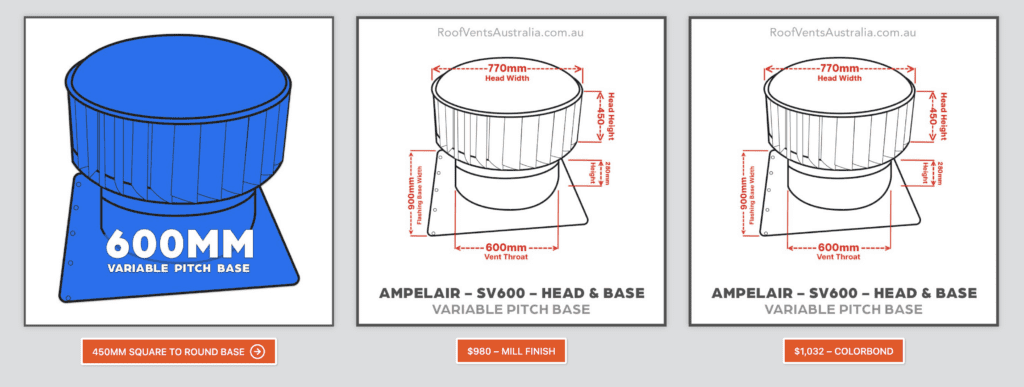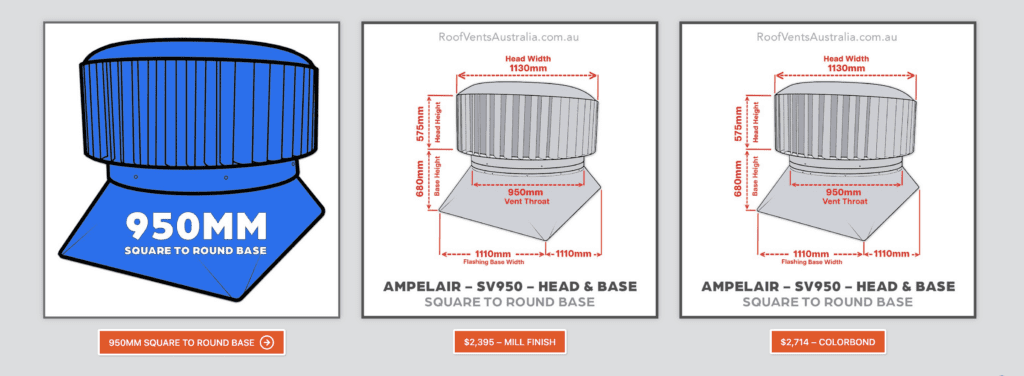How to Erect a Warehouse in the Sunburnt Country: A Tale from Down Under (In the Style of – Mark Twain)
Rain Heads Custom Made Shipped Free Australia Wide – Click Here >
Dambuster Rain Heads Shipped Free Australia Wide – Click Here >
Commercial Industrial Roof Vents 300mm-950mm – Click Here >
Eco-Friendly Roofing Insulation Shipped Free – Click Here >
Gutter Sumps Shipped Free Australia Wide – Click Here >
Foreword: No half measures
Before we dive deeper into the labyrinth of construction, let me remind you, a project like this demands a meticulous mindset. You’re building a fortress to shield against the sun’s relentless rays and to stand defiant in the face of infernal flames. Follow every guideline, consult every expert, and spend what must be spent; this ain’t the time to be frugal. And if you think you’re too smart for building codes, remember, the law is smarter still. You’ve been warned.
Step 1: Location, Location, Location
When selecting a location, you’ve got to be as choosy as a kangaroo with a pouch full of joeys. Consider proximity to transportation hubs, the availability of utilities, and the local flora and fauna. Ask a geologist about soil stability, and bring in an environmentalist to give the land a thorough once-over. If they find something untoward, be prepared to hop to another location faster than a jackrabbit being chased by a dingo.
Step 2: Design with Aussie Conditions in Mind
Now comes the intriguing part: turning your concept into a tangible design. Work hand-in-glove with architects and engineers who are well-versed in Australian conditions. And if they start mumbling about aesthetic facades without giving due respect to practicalities, show ‘em the door.
In your design, incorporate wide eaves and reflective roofing material. These help bounce back the sun’s intensity. A wall covered with greenery, often called a ‘living wall,’ not only looks pretty but serves as additional insulation.
Step 3: Insulation – The Heart of the Matter
Insulation is as important as the bread in a sandwich; nobody likes to eat condiments with a fork. Invest in a high-quality, thermal insulation system, possibly of the foam board or fiberglass variety. You should also be keen on thermal bridges, where insulation is not continuous. Wrapping up the whole building in a thermal insulating material is recommended.
Step 4: Ventilation – The Lungs of the Operation
You’ve got several choices here—natural ventilation, mechanical ventilation, or a hybrid of the two. If you opt for natural, make sure the vents are strategically placed to allow hot air to rise and escape. For mechanical systems, focus on HVAC systems with energy recovery capabilities, which can significantly reduce energy consumption by recycling the internal air.
Step 5: Fire Safety – Playing It Cool When It’s Hot
Australians know how devastating bushfires can be, so fire safety isn’t just an add-on, it’s a lifeline. Incorporate fire-resistant design elements such as a water curtain or a firebreak around the building. Install fire detection systems that can be remotely monitored. In the event of a fire, having advanced notice could mean the difference between a minor incident and a catastrophic disaster.
Step 6: Consult the Experts
You wouldn’t entrust a barbershop quartet to play a symphony, would you? The same logic applies here. Pull in experts in fire safety, electrical systems, water management, and so forth. Invite them to put their heads together and argue like an old married couple until they find the best solutions.
Step 7: Construction and Quality Assurance
Now that the thinking and planning are done, it’s time to put muscle to work. But as they hammer and chisel, make sure someone responsible is patrolling like a hawk, ensuring every nut and bolt is in its rightful place. Employ a third-party agency for surprise checks if you must.
Step 8: Final Inspection and Commissioning
Before you pop the champagne, get the place inspected by certified authorities. If they find something amiss, don’t argue; fix it. Only when you get that golden stamp of approval can you open the doors to commerce.
Afterword: The Never-Ending Story
Time doesn’t stop, and neither do the vagaries of the Australian weather. Make it a rule to inspect the place annually. Check if the insulation is holding up, if the fire systems are in working order, and if the structure is as sound as the day it was built. Keep an emergency fund; you never know when you’ll need to replace something in a jiffy.
So there you have it, the definitive guide to building a warehouse in a land where the weather can be your worst enemy or your best friend, depending on how well you prepare. Take these words to heart and lay each brick with care; in the end, you’ll have a fortress that’ll make you the envy of all the land, even the kangaroos.


